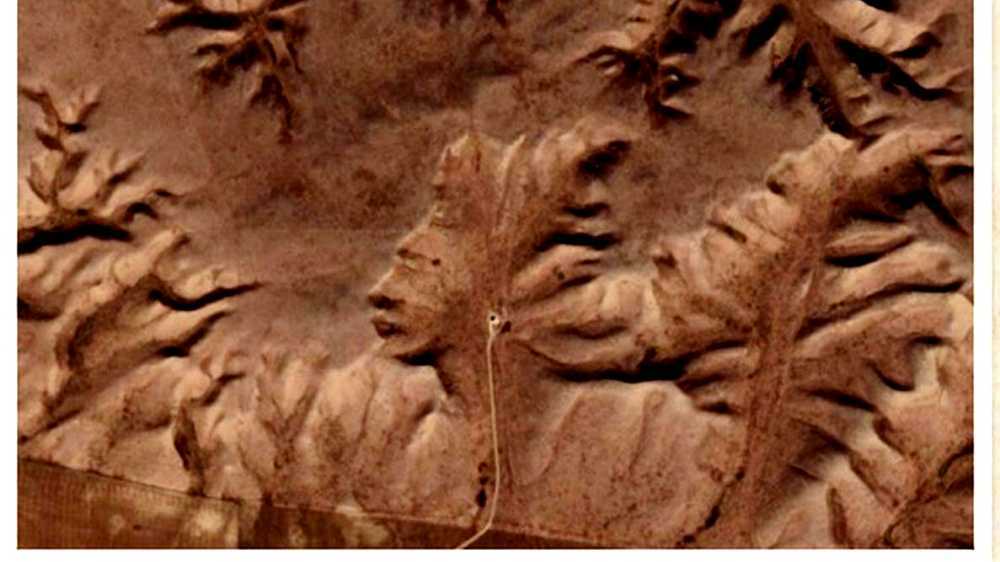
When it was first imaged by a Viking orbiter more than four decades ago, NASA dismissed the Face on Mars as a trick of light and shadow. Figure 1 360° rotation of face computed from Mars Odyssey/THEMIS imagery. Yet, despite NASA’s claims to the contrary, as we shall briefly summarize in this article, there is significant evidence to support the hypothesis that the Face and other nearby objects are artificial in origin and probably incredibly ancient based on their highly eroded state. The Face on Mars has become a classic example of pareidolia – of seeing faces where there are none.
#ANOMOLIES NEAR THE BADLANDS GUARDIAN SERIES#
This series of articles discusses three surface features that resemble faces: a strange landform in Alberta Canada known as the Badlands Guardian that was discovered in 2005, a carved stone formation found by Daniel Ruzo on the Marcahuasi Plateau in Peru in the 1950s, and the Face on Mars, a mile-long structure on the surface of Mars first imaged by a Viking orbiter spacecraft in 1976. It is also possible, if Hapgood’s theory of pole shifts is correct, that Quenuani, and perhaps other sites in the area such Puma Punku and Tiwanaku may be related by virtue of their alignment to an ancient pole in Greenland and could be 75,000 to 125,000 years old. If the North Pole were in Greenland, Puma Punku would face due north. Quenuani would also be rotated slightly to be within the range of solstice sunrise angles (65.9° to 67.7°).īased on its orientation it is likely that Quenuani was built as a place to observe the sunrise over Lake Titicaca on the solstice. In this part of Peru, an ancient Greenland pole would have been in the direction 1-2° east of north. Between 75,000 to 125,000 years ago, the North Pole is thought to have been in northern Greenland. In Before Atlantis we have determined four prior locations of the North Pole over the past 125,000 years based on Hapgood’s pole shift hypothesis. Puma Punka and nearby Tiwanaku are not aligned exactly to the cardinal directions but are rotated slightly east of north. The site of Puma Punku is located 38 miles southeast of Quenuani. Puma Punku is slightly misaligned to the east. Measurement error is one possible explanation for the discrepancy. Using a location analysis tool developed to support the research presented in Before Atlantis, the angle 67° can be shown to be just outside the range of solstice sunrise alignment angles (64.8° to 66.6°) over the past 41,000 years.

Is there a celestial explanation for this alignment? Figure 1 Google Earth image of the Inca Steps This implies the steps face 67° east of north.

Based on rough measurements from the image (Figure 1) the linear rock cuts appear to be aligned approximately 23° west of north. Inspired by videos created by Megalithomania and Brien Foerster, who first found the site, this article examines the Inca Steps of Quenuani between the towns of Cuturapi and Yunguyo on the Peruvian shore of Lake Titicaca.įrom clues in these two videos, the geographic location of Quenuani has been determined using Google Earth to be at latitude 16.259446° S and longitude 69.171322° W.


 0 kommentar(er)
0 kommentar(er)
